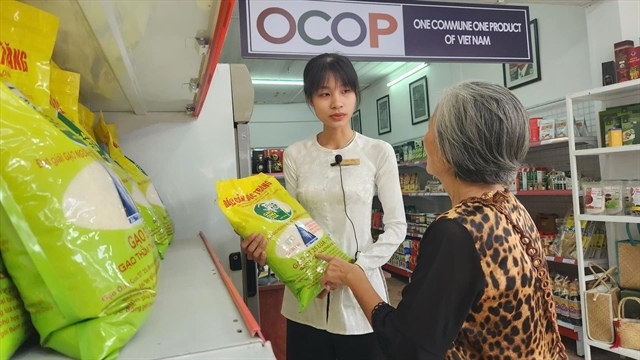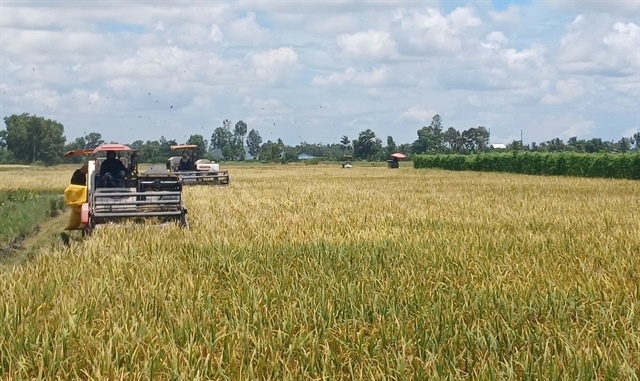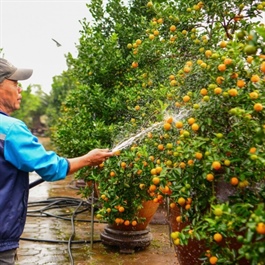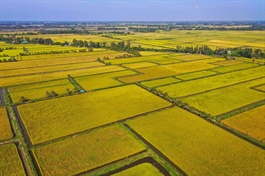Rice export sets new record in 2024, but 2025 expected to be tough
Rice export sets new record in 2024, but 2025 expected to be tough
Rice exports set new records in both volume and value in 2024 but the commodity is expected to face a difficult year ahead as India lifted its ban on non-basmati white rice exports in September, which will push up global rice supplies next year.

Statistics from the Ministry of Agriculture and Rural Development showed that rice export totalled nine million tonnes, valued at US$5.7 billion in 2024, representing a rise of 11 per cent in volume and 24 per cent in value over 2023.
Average rice export prices also set a record high of more than $600 per tonne this year.
Việt Nam ranked third in the world in terms of rice exports, coming after India with an export volume of 17 million tonnes and Thailand with a six-year high export volume of 10 million tonnes, thanks to strong demand from Indonesia and the Philippines.
The Philippines is Việt Nam’s largest rice import market with a volume of 3.6 million tonnes, accounting for 40 per cent of the total rice exports and 79 per cent of the Philippines’s total rice imports, with Indonesia and Malaysia following.
According to the Việt Nam Food Association (VFA), the nation is developing a rice industry focusing on fragrant rice and high-quality rice, while gradually reducing its reliance on low-quality rice.
Looking ahead to 2025, VFA’s President Nguyễn Ngọc Nam said that Việt Nam’s rice export might face difficulties, including the resumption of export of India. India is forecast to export around 22 million tonnes of rice in 2025, five million tonnes higher than 2024.
Rice export prices of Việt Nam dropped significantly in December, with the export price of five per cent broken rice seeing a decrease by $17 from early December to $485 per tonne, below that of Thai rice at $501, putting it at the lowest level for the past 19 months.
Similarly, the prices of 25 per cent broken rice and 100 per cent prices also dropped to $459 and $388 per tonne respectively.
The drops in export prices reflect the changes in the global supply and demand, particularly when India lifted its export restrictions, on the expectation of a bumper harvest.
In addition, the Philippines' temporary halt of rice imports, awaiting the upcoming winter-spring crop, also helped lower Việt Nam’s rice export prices.
Other factors concerning rice producers include the prediction that Indonesia too will reduce rice imports in 2025 and China has also significantly reduced rice imports in 2024, according to Nam.
To support rice exporters, Nam said supports in lending and tax refunds were needed.
Trade promotions should be strengthened to take advantage of free trade agreements (FTAs) to expand export markets as well as providing timely market updates to producers.
According to the Deputy Director of the Department of Crop Production under the Ministry of Agriculture and Rural Development, Nguyễn Thị Thu Hương, the focus will be on developing high-quality rice plantation areas and promotion of sustainable agriculture models.
Hương also urged rice exporters to focus on improving rice quality and building brands to increase the competitiveness of Vietnamese rice. Despite slight drops in rice export prices due to increase in global supplies, Vietnamese rice would still have opportunity to compete based on quality, she stressed.




























